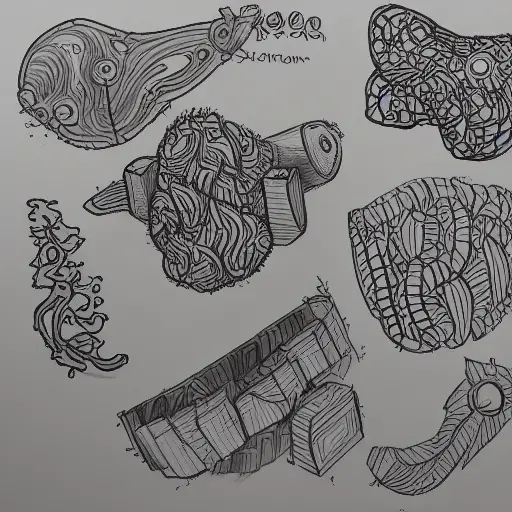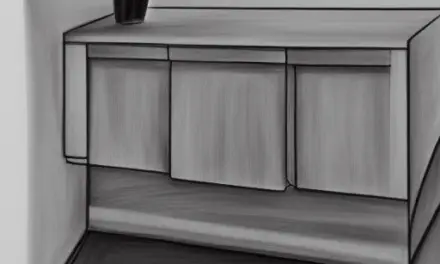To stay organized, you need to know how to prioritize your tasks. There are several techniques for this, including work calendars, Sticky notes, and decluttering. You can also use Basecamp to help you keep track of tasks. It’s also helpful to use color-coding to prioritize your tasks and mark them as complete.
Work calendar
Using a work calendar can help you be more organized. It can help you stay on top of deadlines and avoid sidetracking by dividing tasks into smaller parts. It can also help you stay on track with your personal commitments. For example, if you’re planning to meet your manager’s deadline, you can set up an alert on your calendar for when the deadline is approaching.
It is important to block off time for each day and to prioritize each task. You can use time in between tasks to do other things productively. For example, you might use the 30-minute break between meetings to clear your inbox or read a book. When working with a busy schedule, it’s important to break down each task into simple tasks and schedule them accordingly.
Another great benefit of using a work calendar is its ability to track your productivity. It allows you to visualize your work ahead and set limits for downtime. A work calendar can also help you plan ahead by allowing you to estimate how long a task is likely to take. This is especially important if you have to complete many tasks in a short time. Having a clear picture of your schedule will help you stay focused and motivated.
If you have a lot of tasks on your calendar, you should prioritize them. Prioritizing your tasks will ensure that your most important tasks are completed first. This will also give you extra time to work on less important tasks. You can also use symbols or colors to identify important tasks.
Sticky notes
Whether you’re trying to stay organized at home or at work, sticky notes can help. Sticky notes make it easy to remember details and can be useful for measuring your success. They also help you make plans and hard deadlines. For instance, putting sticky notes on your clock will help you focus on the immediate future. Another example is to put a note on your lunch table reminding you that you have plans to meet with a friend for lunch.
Using sticky notes can also help you prioritize your tasks and distinguish between different files. These handy pieces of paper come in a variety of sizes, from 3 inches by 3 inches, so you can stick them anywhere. They are ideal for use at home, in a study room, or over a mirror. To make things even more fun, you can paint them a fun color, such as red or green, and reposition them anywhere you want to keep track of what needs to be done.
You can also use sticky notes as bookmarks. They’re great for your planner, business binders, and budget pages. You can use the sticky edge of the notes to write reminders, prioritize tasks, and strike out those that you already accomplished. They’re also a great way to decorate gifts and write notes on the wall. You can even stick them on the side of your monitor.
Another useful way to stay organized at home is to place sticky notes on a chalkboard or marker board. Then, move the notes around so that they’re in the right order. This is especially useful when a new activity or product launch is underway. You can also use different colors of sticky notes to divide tasks. This way, you can assign responsibilities to different people.
Decluttering
Decluttering to keep yourself organized requires a process. Start with small tasks and work your way up. Focus on the easiest areas and categories to declutter first. By tackling those items first, you can build momentum and confidence as you move on. Then, you can move on to more difficult tasks.
Before you begin the decluttering process, decide on a day to declutter. Try to declutter on a weekend or on a day off. For example, if you have a lot of clutter, make sure that you start by clearing the clutter from the floor. Then, look for things that you can put away. For instance, if you work from home, you may need to file paperwork and put files away.
Another tip for decluttering is to flip hangers around in your closet. Similar to the washi tape decluttering hack, flip hangers so they hook from behind instead of over the hanger bar when you hang a garment. This trick can help you remember to flip hangers when hanging clothes, which is useful for avoiding rehanging clothes.
Another useful tool is labels. If you are unsure of what things go where, labels are an excellent way to identify them. Oversized labels can help you see what you’re looking for even in low-lighting areas. This is especially helpful in basements and garages where there is limited lighting.
Getting rid of clutter early in the process will help you to make better decisions. Rather than letting it pile up on your floor, you should deal with it before it gets to the threshold. This will keep clutter under control and make decluttering a part of your daily routine.
Daily to-do list
Keeping a daily to-do list can be a helpful tool to keep yourself organized. The list can be divided into different categories based on the tasks at hand. For example, you might have a list for “communication,” “meetings,” and “maintenance,” and assign a different day to each category. You can prioritize these tasks based on the deadlines and importance of each one.
Regardless of which method you use, you’ll want to keep your list simple and easy to read. It should contain only important details and not become overwhelming. For example, you should consider using a productivity tool to make more detailed lists with actionable steps. Also, be sure to assign a due date to each task to make sure you follow through.
The daily to-do list will help you focus on your tasks instead of being distracted by other tasks. It helps you prioritize tasks and identify which ones need immediate attention and which ones can wait. It will also help you beat work overload. Remember, people who don’t use to-do lists are often perceived as being unreliable and unfocused.
In addition to staying organized, the daily to-do list is a good motivational tool. A to-do list will help you clarify your thoughts and short-term goals, and can improve your overall sense of confidence and productivity. It will also help you avoid completing tasks that you don’t have time for.
Decluttering your purse
Decluttering your purse is a great way to stay organized. It also makes your bag lighter. A lighter purse is easier to carry and can reduce neck and back pain. A cluttered purse also attracts dirt. Decluttering your purse will keep your belongings clean, prevent damage, and save you time.
The first step in decluttering your purse is to empty it. You should empty all the pouches and compartments in your bag. Discard items you rarely use or throw away, as they take up space. Once your bag is clear, you can group items by purpose. You can also get rid of items you no longer need, such as old tissues or hand sanitizer.
Another way to keep your purse organized is to use zipper pouches to keep everything in their proper place. These pouches are useful for small handbags as well as large totes. Organizing your purse is a habit that you should do at least once a week.
A cluttered purse is an anxiety source. A clean purse will help you feel calm and comfortable. Getting rid of unnecessary items is the first step in getting organized. Remove hair accessories, cosmetic items, feminine care items, and coins from your purse. Next, separate out credit cards and medicines from their respective compartments. Keep everything else in separate pouches. You can then use one zippered pouch for makeup, sunglasses, and other items. Ultimately, this will make your purse more organized and less stressful to carry.
Your wallet is another area that can easily accumulate clutter. Decluttering your wallet is similar to decluttering your purse. You should discard expired or unused items in it. You should also toss old gift cards, coupons, and loyalty cards. You can also use a shredder to shred old credit cards and place them in bins.













